Weldborough: Former mining town in the middle of the rainforest, established in the 1870s. That’s the whole town, other than a few houses. Once upon a time it was much bigger (and if you go to Google Maps and look at the town in map view, you can see the outlines of the now-gone roads in the property boundaries).
I regret to say our time did not permit us to visit the Argus, Garibaldi, and ether mines in that vicinity, our business taking us on to Weldborough. This place is a good-sized township, and situated on a large plain, it also being known by the name of Thomas Plains. There is a Chinese camp, butchers’ shop, hotel, store, also a Government school and resident schoolmaster, who, we found, gave every satisfaction. On this large plain there is a very nice farm which is an ornament to the place, the owner being Mr. Bryce. I may mention here that the scenery is very pretty, the plain being surrounded on all sides by a myrtle country.
Launceston Examiner, 4 August 1888
Although it was never a large town. A few hundred, maybe, at the most.
There is no doctor in. this district. The nearest medical assistance to be had is at Scottsdale (over 50 miles from Gladstone). The population of the whole district, including Ringarooma Port, Gladstone, Moorina, Weldborough, Branxholm, and country between must be about 2000, and though tho climate is exceptionally, healthy, yet from various causes incidental to mining pursuits and habits, there is a considerable amount of sickness prevalent.
The Tasmanian, 16 June 1883
And many of them were Chinese, maybe most at one point.
From “A Theatrical Tour in Tasmania”
At Weldborough; otherwise known as Thomas Plains, is a large Chinese settlement known as ‘the camp.’ There are about 300 Chinese living here, whilst at least another hundred are to be found at the adjacent claims. The little village is nicely arranged, and extremely clean and well kept, while the people themselves are orderly and polite. The Joss House, which we were permitted to view, is a gaudy little temple with a profusion of grotesque embellishments in the most florid style of Celestial decoration. Both here and at Moorina our agent had issued announcements in the Chinese language, and our audiences on both occasions included quite as many yellow faces as Europeans.
The Tasmanian, 19 April 1890
They have removed the constable from Weldborough to Moorina, which I think a retrograde move, as there Is a courthouse, hotel, and more population at Weldborough
than at Moorina, where there are but few inhabitants and no hotel.
The Mercury, 1895
Following are the population returns: -Ringarooma, 413; Branxholm, 192; Derby, 603; Gladstone, 210; Weldborough, 400; Moorina, 240; Pioneer, 350; Gould’s Country, 254. Total, 2752.
Examiner, 22 December 1903
The township is on rising ground, and commands a good drainage. The neat and substantial dwellings are scattered about, though not a great distance from each other. Scarcely more than half a dozen abut on the main road, but, nevertheless, there is something taking about the way the place is laid out. The licensee of the hotel is Mr. W. Cochrane, whose hostelry is a most popular one with all travellers along the coast. Mrs. Saggers has charge of the post office and the telegraph instrument. The Church of England and Union Church are the places of public worship. Both are small, wooden buildings, the Union being opposite the State School. Adjoining the hotel is a large room, used for all public meetings, socials, etc., but, as it is not quite suitable for present requirements, Mr. Cochrane has decided to erect a new one at an early date.
…
Close to the school is the racecourse, where the sport of kings is held once a year. The meet is a popular one throughout the district. All other sports are held there also, and a movement is now on foot to improve the ground, by erecting a new pavilion.
At the top end of the township is a Chinese camp that accommodated a large number in the early days. About 50 or 60 still remain, and they are engaged in mining. The Joss House is a source of attraction to several visitors to Weld-borough.
The Mercury, 5 June 1903
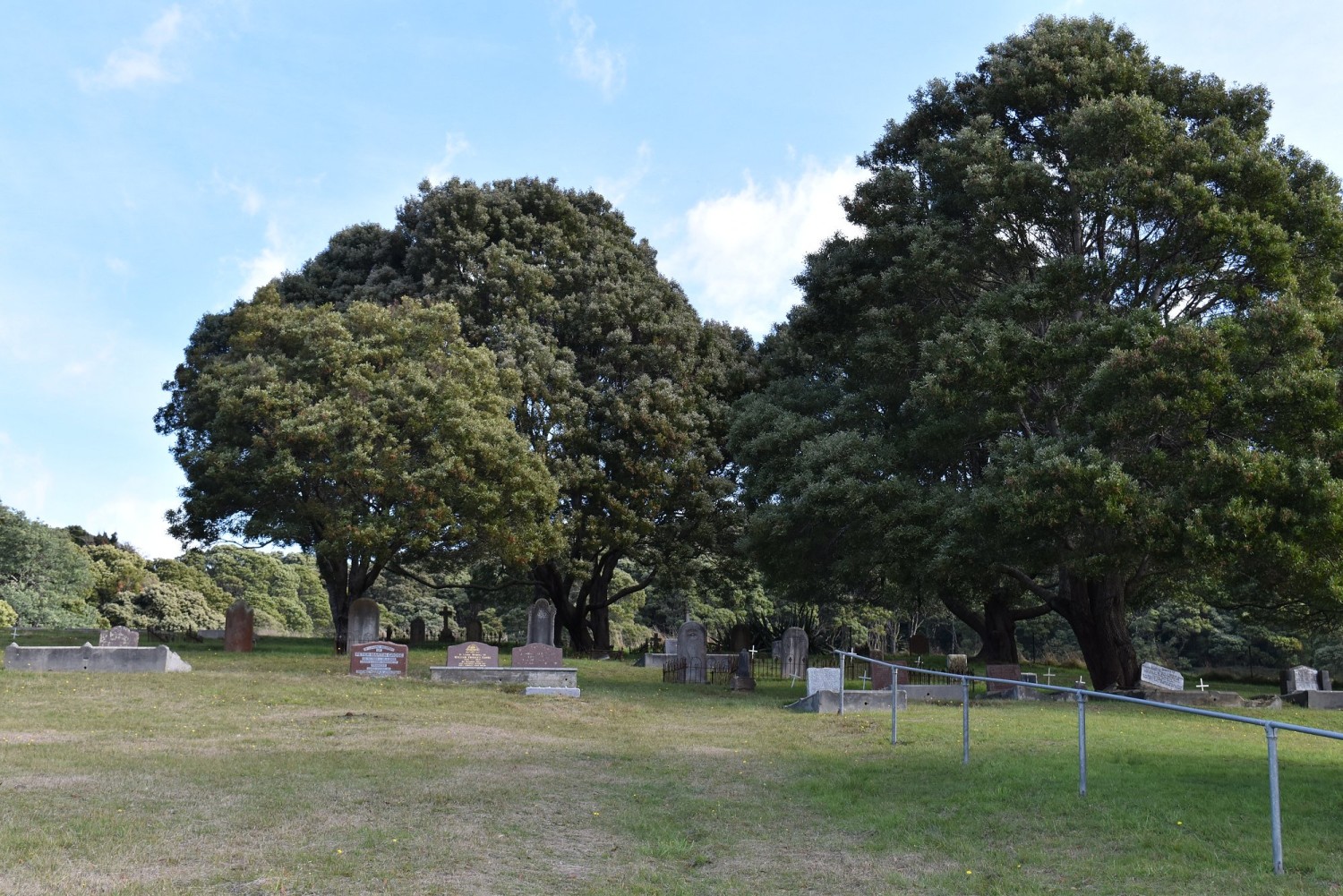
The cemetery is south of the town.
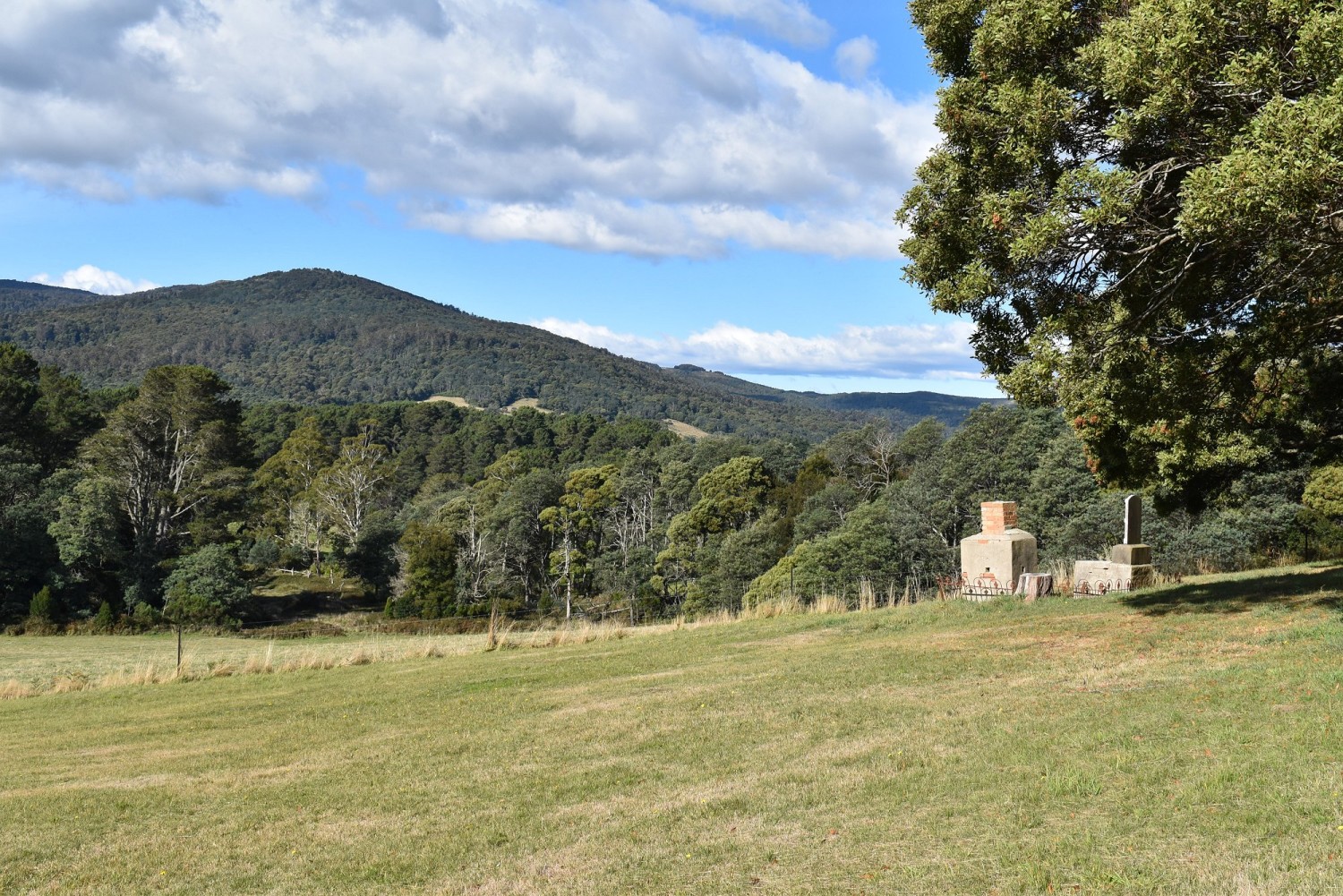
Chinese memorial stone & ceremonial oven on the side of the cemetery.
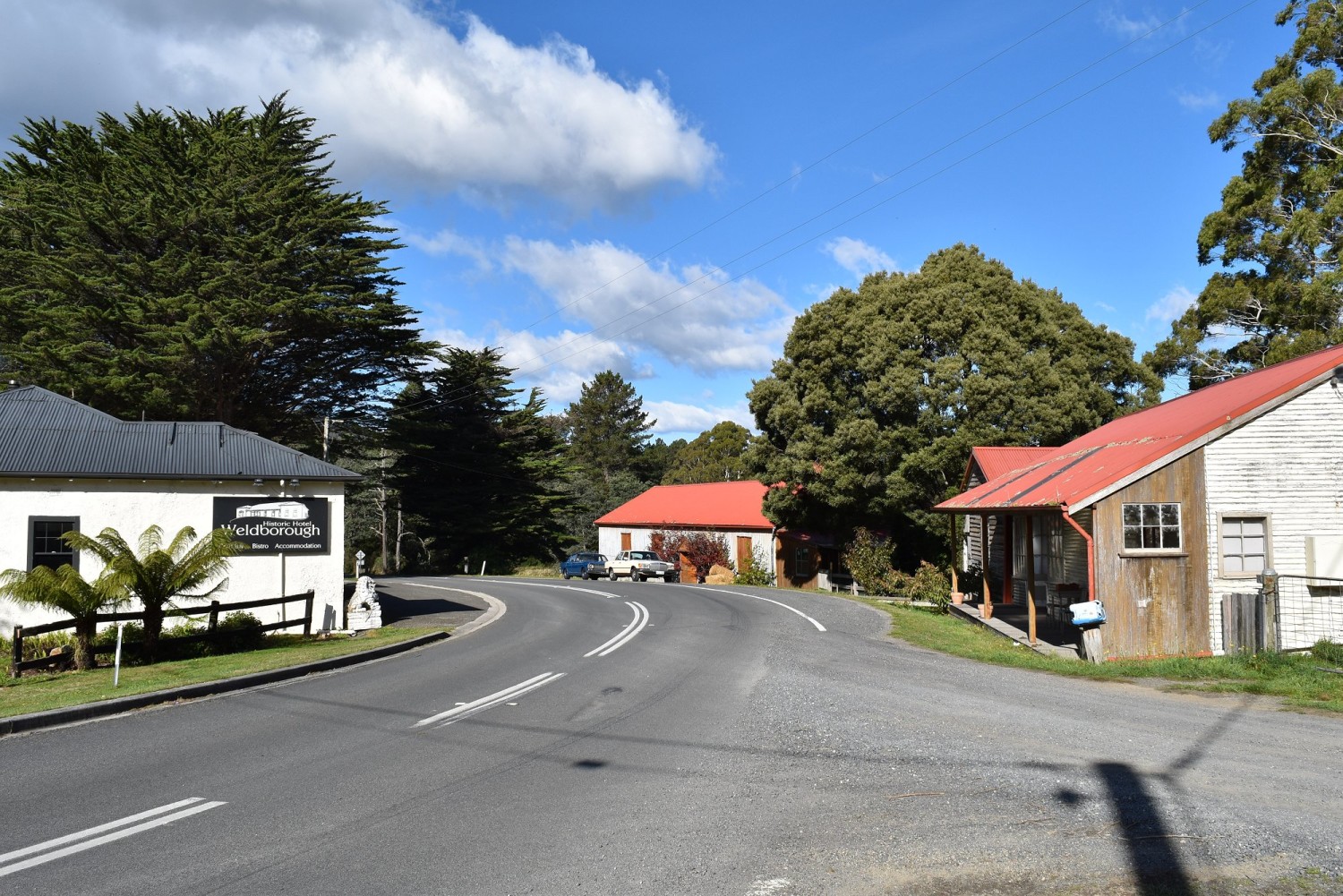
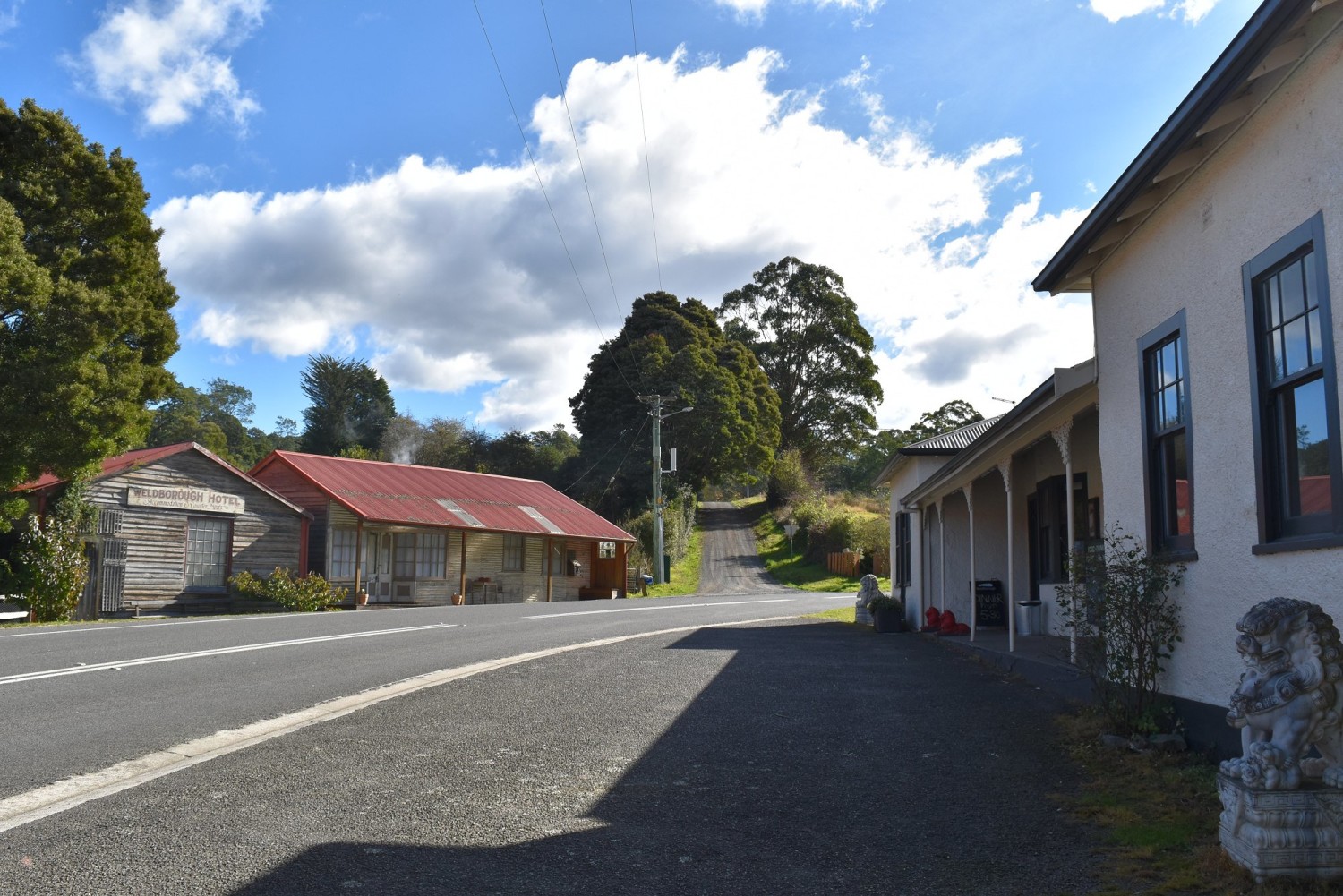

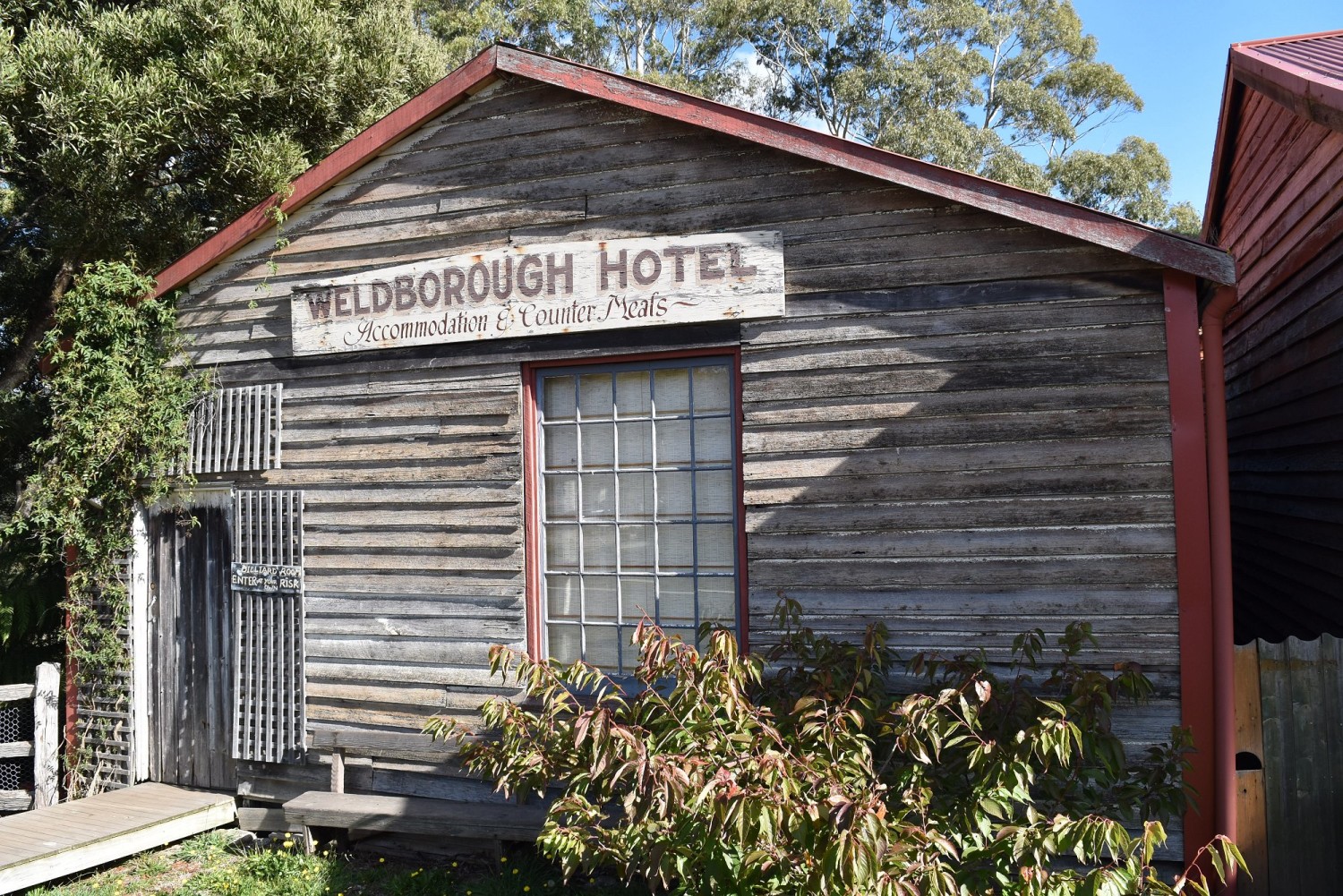
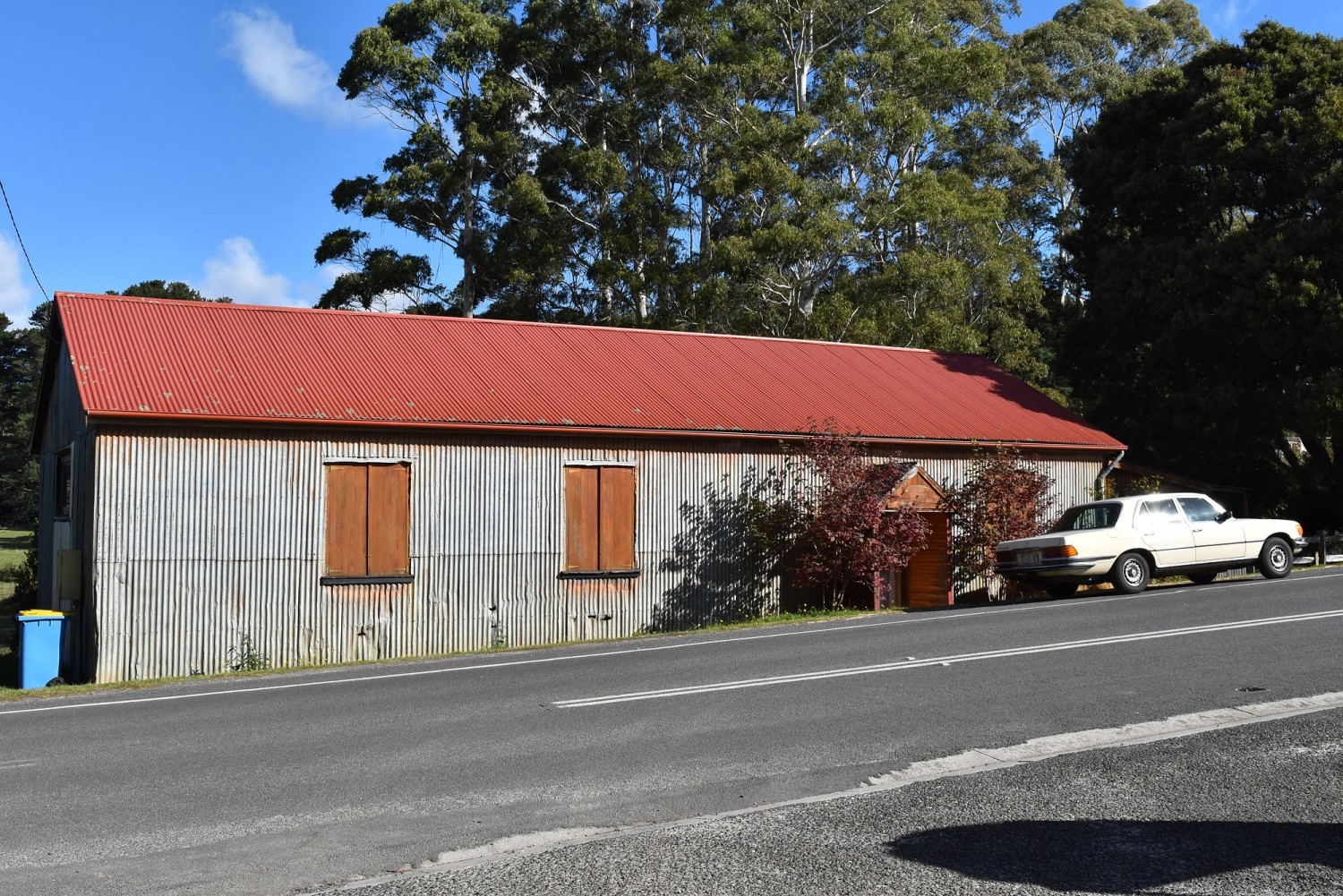
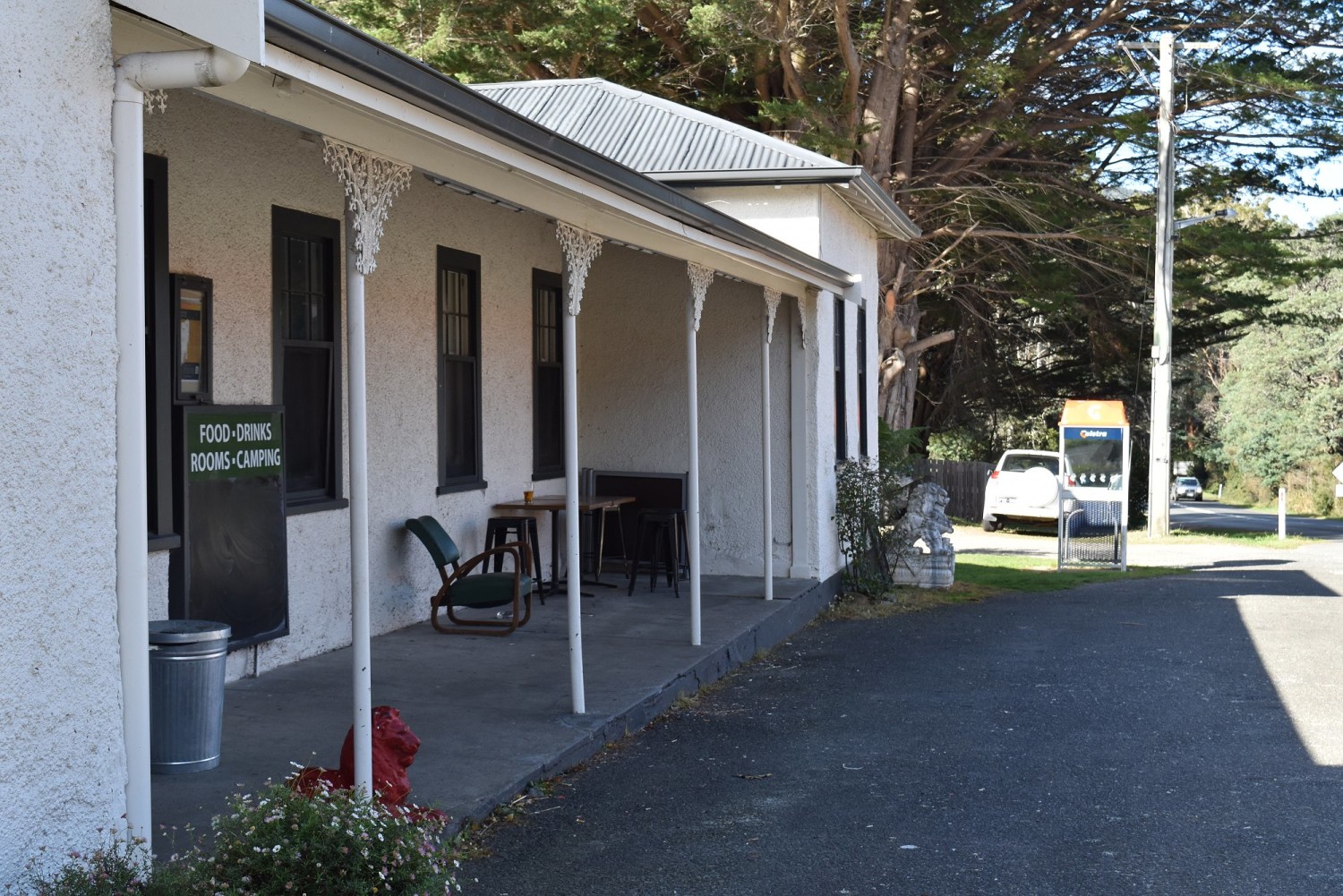
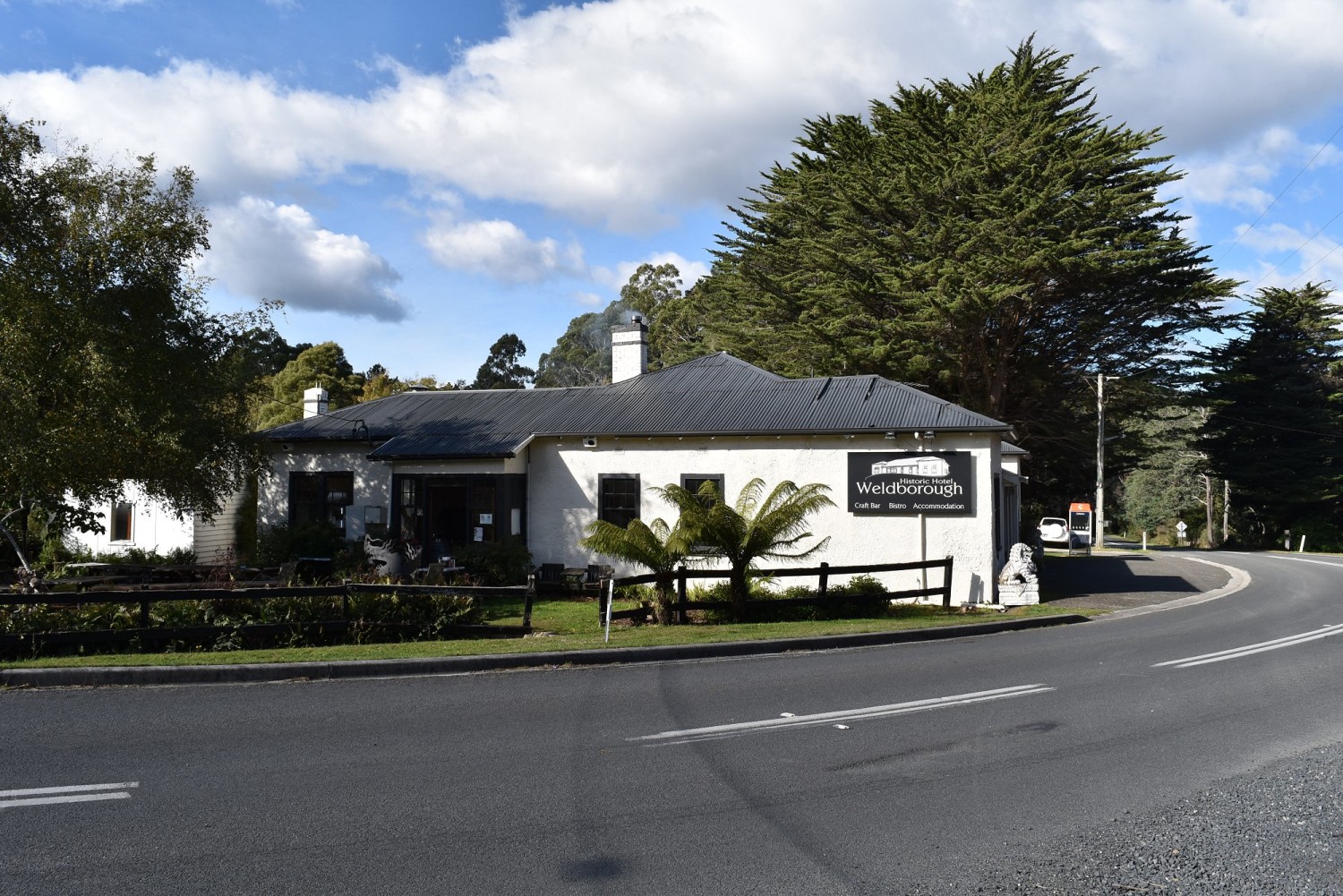
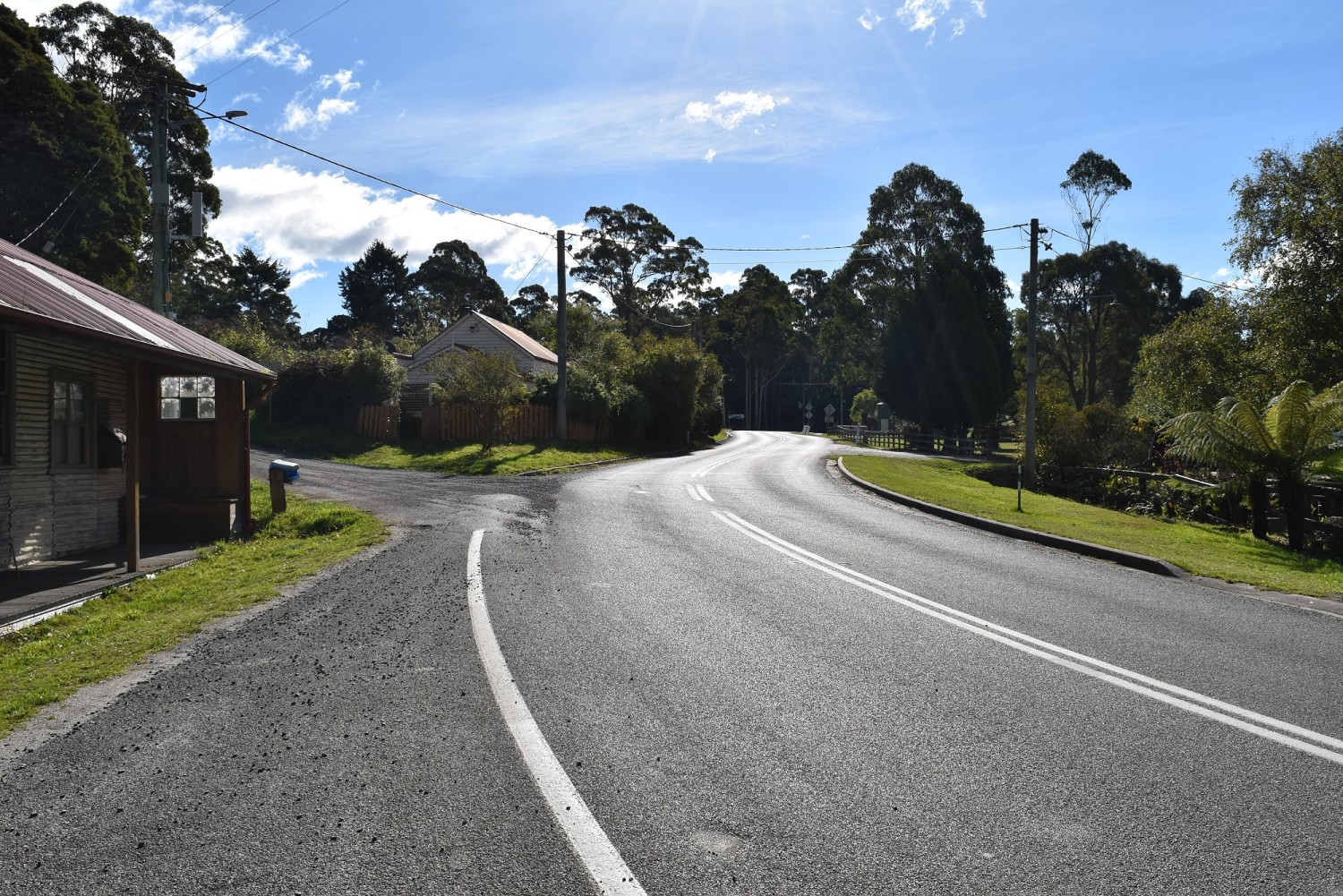
You must log in to post a comment.